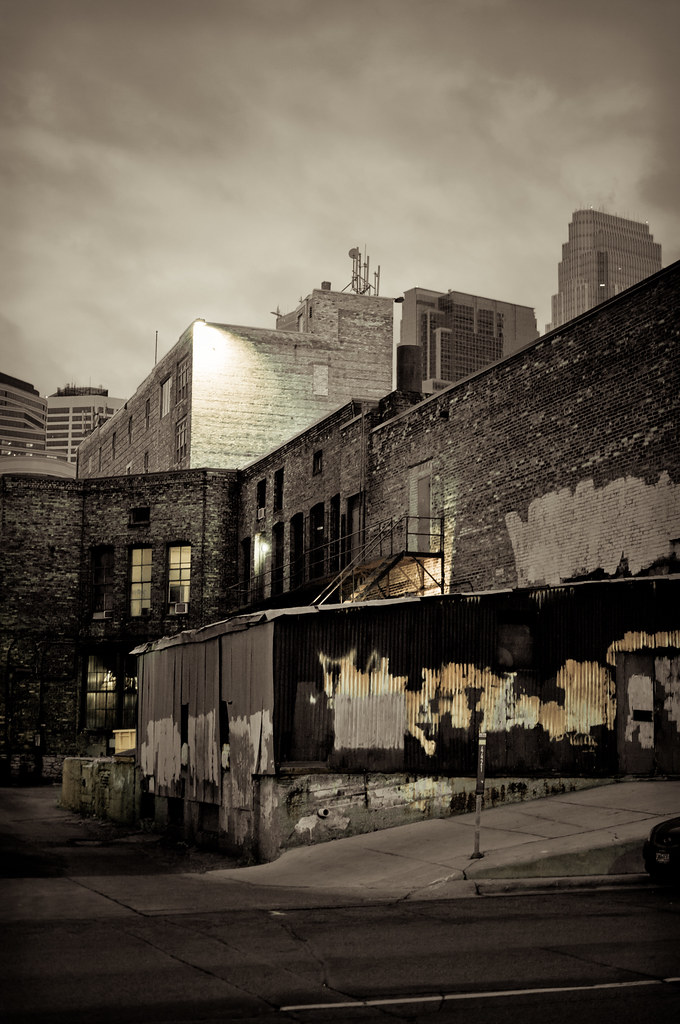 Originally posted by jsherman999
Originally posted by jsherman999 
Price drives markets, yields drive prices.
There are too many references to economics in this thread for me to stay out of this argument. Cameras aren't commodities like wheat and pork bellies. Price has no impact on demand until it either exceeds a level that consumers who were planning to buy can't afford it, or it drops to a level that a new category of customer can afford it and the overall market grows. In between those boundaries, demand has nothing to do with price. On the production side, economies of scale aren't significant when the market for a particular component is in the millions of units. A production facility that produces 2 million camera sensors a year might have higher per unit production costs than a more efficient facility that can only produce 1 million units per year. And Manufacturer A isn't going to tell Manufacturer B what its production costs are.
To radically alter the cost of producing camera sensors requires a large capital investment, for R&D and retooling, that can only be recovered with sales in the millions of units. Sensor manufacturers have little incentive to give individual camera manufacturers exclusivity, because it makes it more difficult to get a good return on that investment. Unless the cost of obtaining higher pixel density is greater than the savings from producing individual sensors from a smaller quantity of inputs, smaller sensors will continue to be cheaper to produce. Entry level DSLRs aren't FF, so obviously it doesn't cost that much to get higher pixel density. Barring a huge market shift to FF cameras from other ILS cameras, no sensor manufacturer is going to make the necessary investment to eliminate the cost disadvantage of FF sensors, so lower prices for FF cameras relative to smaller sensor formats isn't going to happen.
Currently, everything points to APS-C DSLRs outselling FF DSLRs by several times. So either most DSLR buyers prefer APS-C for some non-monetary reason(s) or FF is out of their price range. And that isn't going to change.
 Originally posted by jsherman999
Originally posted by jsherman999 
I would bet my house that every manufacturer has loads of market research saying otherwise.
Please don't do that, it's a bet you will lose every time. Companies that already have the capability to build FF cameras can continue to produce them as long as they don't have to make large investments to sustain the product line, but to argue that FF will "win" out over smaller formats, that is a gap in logic I can't jump over.
One last thing about economics and the consumer digital camera market. Sub-components represent most of the cost of production, each camera manufacturer doesn't have to produce its own sub-components and you can manufacture a plethora of camera models from similar sub-components and similar technology. You don't have to be #1 (or even #2) to manufacture cameras profitably. In the really big picture, the 1/2.3" sensor, which is 50 times smaller than FF sensors, has completely dominated the camera market. Yes, those cameras are free when you buy a smartphone, but they also produce acceptable images for most consumers. So when we argue the merits of other types of cameras, we are looking at much smaller markets, where Moore's Law, commodity based pricing models, or king of the jungle strategies don't apply. Find something else to convince yourself that you should spend your money on FF cameras, because economics have nothing to do with it.


 Similar Threads
Similar Threads 
























